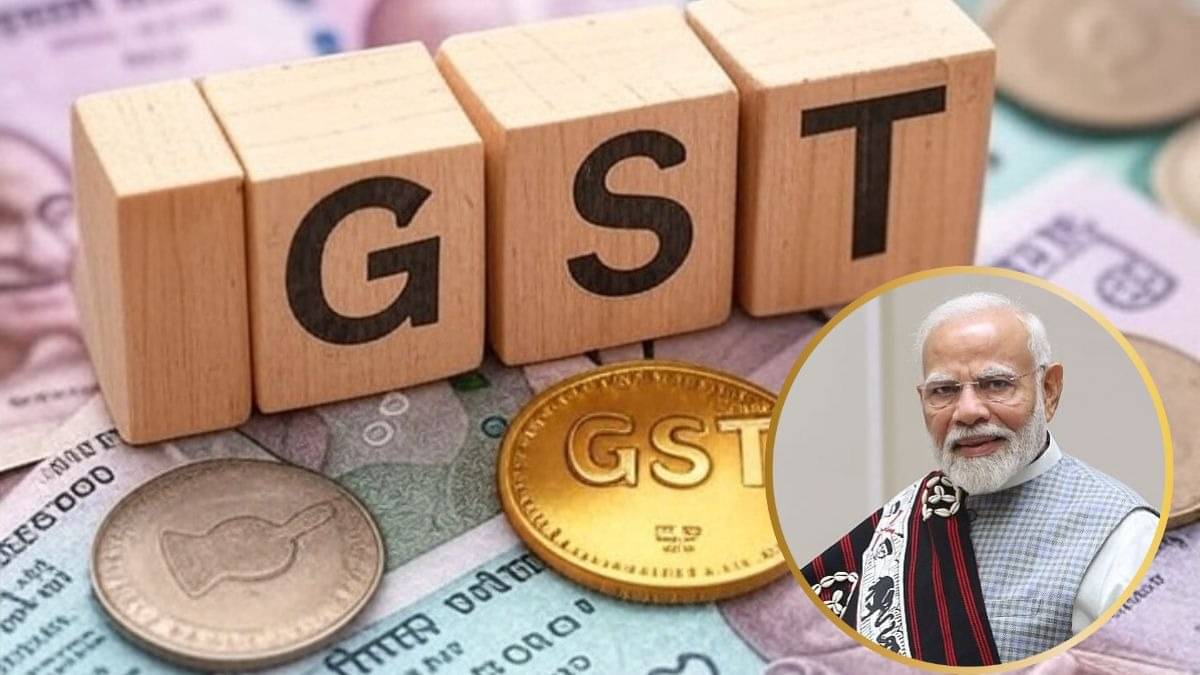Now Reading: UBS Report: GST Rate Adjustments Pose Manageable Fiscal Impact
1
-
01
UBS Report: GST Rate Adjustments Pose Manageable Fiscal Impact
UBS Report: GST Rate Adjustments Pose Manageable Fiscal Impact

Speedy Summary
- UBS estimates that India’s proposed GST rate rationalisation will lead to an annual revenue loss of Rs 1.1 trillion (0.3% of GDP), which is considered manageable.
- For FY 2026, a revenue loss of Rs 430 billion (0.12% of GDP) is expected to be offset by surplus cess collections and higher-than-budgeted RBI dividend transfers.
- The GST multiplier (-1.08) demonstrates that changes in GST directly influence consumption, more considerably than personal income or corporate tax cuts.
- PM Modi announced next-gen GST reforms during his Independence Day speech aimed at benefiting consumers, msmes, and small industries before Diwali.
- The Central goverment has proposed replacing the current GST slabs (12% and 28%) with a simplified two-tier system: 5% and 18%.
- luxury/sin goods will remain taxed at a special slab rate of 40%, while processed foods, garments, footwear, tractors, hotels, etc., are likely to benefit from lower rates.
- compensation cess collection ending early in March 2026 would allow fiscal room for aligning rates under the new structure.
- UBS suggests lowering GST rates could ease inflationary pressure through deflationary effects and pave the way for interest rate cuts by up to another 50 basis points in FY26.
Stay Informed With the Latest & Most Important News
Previous Post
Next Post
Loading Next Post...

























